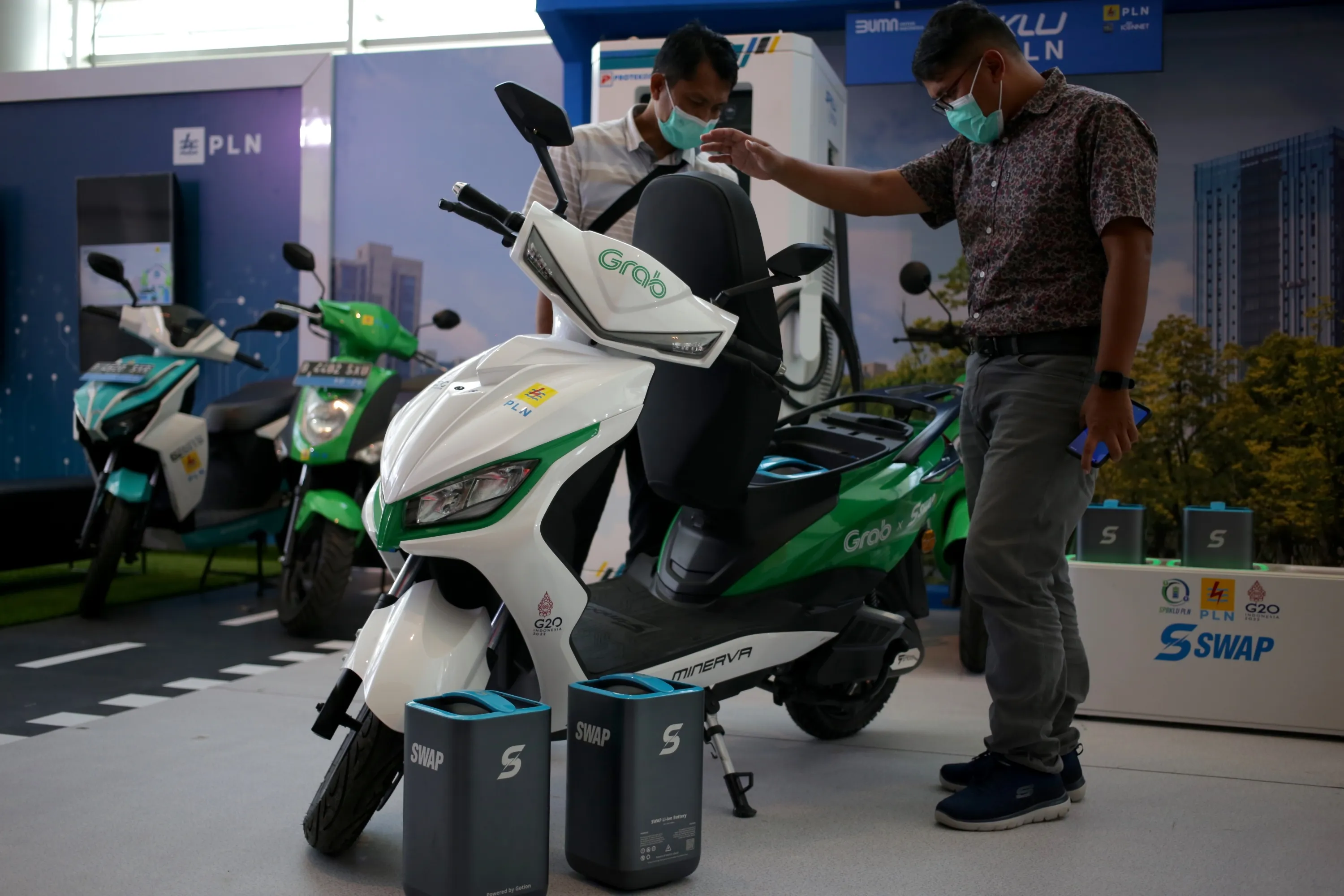A single idea can have far-reaching consequences beyond what is initially considered. This happens from time to time. The same thing has been happening recently with electric mobility, which is a crucial aspect of the plan that the Indian government has devised to propel sustainable growth in the country. The centre makes a concerted effort to spread awareness about and encourage the use of electric vehicles (EVs).
Recently, the government has implemented several programmes and policies to encourage more people to drive electric vehicles. It exempted permission expenses, provided green licence plates for battery-operated vehicles, and urged states to waive off road tax on electric vehicles; these measures are intended to encourage the development of electric cars, auto components, and EV batteries.
What is Battery Swapping?
Battery swapping might play a significant role in the development of electric vehicles since batteries are among the most crucial and costly parts of an EV. For what reason should we care further? Battery switching will be defined, its operation detailed, its contemporary relevance discussed, and much more in this article.
For a better, greener, and more sustainable future, internal combustion engine (ICE) cars must make way for eco-friendly electric vehicles (EVs). However, the widespread use of EVs faces challenges. And this is especially true when you consider the time it takes to fill up a petrol tank vs charge an electric vehicle's battery.
As a result, the fantastic battery-changing method comes into action, allowing users to switch out their dead batteries for fresh ones. The icing on the cake is that a battery change service may be as fast and inexpensive as refuelling a car.
Why Swap Batteries?
Highway use of electric cars is nothing new. Major EV manufacturers, including Tesla, have reportedly tried out battery swapping technologies but ultimately decided to invest in battery charging facilities instead.
Most people choose to switch batteries instead of using charging stations. The second option requires more time. However, not everyone has access to a charging station every 7-8 hours for every 500 miles driven, and this is particularly true for drivers for commercial fleet firms like Uber and Lyft.
Alternating batteries may improve range, charging times, and customer confidence in battery longevity. Thanks to battery switching technology, customers may continue their trips in as little as 10 minutes. The time required to switch batteries would continue to reduce as battery switching technologies improved.
Industrial vehicles, such as electric forklifts, consume batteries daily, and battery replacement has become standard in these fields. It decreases the battery's downtime and removes the need to plug in the device to charge.
Since batteries are charged gradually at exchange stations, this practice also benefits battery life. Supercharging quickly destroys batteries, while battery changing extends their useful life.
The cost of developing battery switching technology has been difficult. Costs associated with setting up a battery switching station are substantial. The long-term success of renewable energy sources is another compelling argument in favour of battery swapping technology standardisation.
Potential Impact
Although the proposed battery swapping strategy seems straightforward at first glance, it will have far-reaching effects on all sectors of the electric mobility industry.
Charging Stations
A battery swapping policy is now being put into effect due to the enormous amount of charging infrastructure necessary to support the shift to electric automobiles. As a result of this change in legislation, the market for electric vehicle charging stations will see the development of new battery charging and switching stations.
At stations fueled by various technologies, customers may swap their used batteries for new ones. Suppose these exchange stations are connected to locally generated renewable energy. In that case, they may be able to lessen the impact that isolated areas have on the environment by giving choices for electric transportation.
Even if the idea of a swap meet might be beneficial, it's possible that it wouldn't work well. The hub-and-spoke model should be accomplished by building a new hub near an existing charging station.
Auto OEMs
The electric car's batteries and the battery management system are the vehicle's major components. Batteries in today's electric cars are available in various sizes, shapes, features, and grades.
Since batteries are the primary power source for a vehicle, the companies who build the original equipment for automobiles devote a lot of effort to differentiating their products from those of competitors by installing batteries of diverse types, sizes, and brands.
The battery swap policy will simplify interoperability and, by extension, standardise EV batteries and battery management systems by creating standard regulations for battery exchanges. These guidelines will be established as part of the battery swap policy. This would have the twin effect of cutting the cost of electric vehicles and making batteries produced by various manufacturers compatible with one another.
Conclusion
To summarise, before the proposed battery policy is finalised and implemented, it would be very beneficial to conduct extensive public consultations and facilitate the exchange of pertinent knowledge and data.
Electric mobility is amid rapid development while being a relatively young business. The market for electric mobility, the production of batteries, and other connected companies would benefit from the legislative proposal for battery swapping. The business sector is looking forward to the policy outline with great excitement and will provide its full support to the administration once it is released.






Comments (0)
Feb 02, 2023
Views (1456)